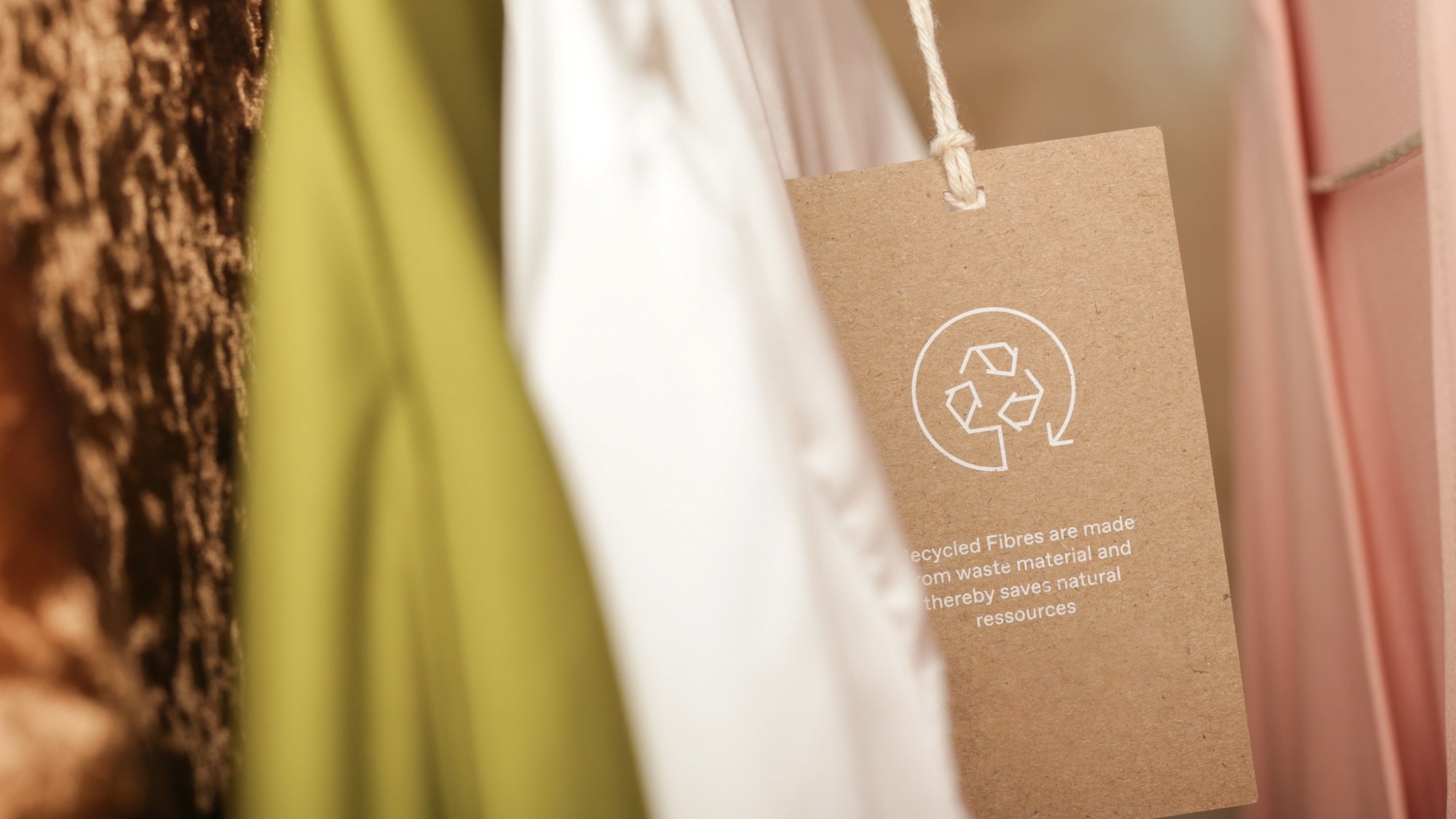The Clock is Ticking: Get Ready for the EU's Ecodesign & Digital Product Passport

28 May 2025
The ESPR promotes sustainable textiles via ecodesign rules, digital product passports, and strict performance criteria, with implementation starting in 2027. Industry must adapt design and data systems accordingly.
The European Union is making significant strides towards a more sustainable future with the Ecodesign for Sustainable Products Regulation (ESPR). This regulation, which entered into force in June 2024, is a cornerstone of the EU Strategy for Sustainable and Circular Textiles, aiming to establish a clear target for physical product sustainability and consumer-facing information to enable circularity.
The First Working Plan: Prioritizing Sustainability
On April 16, 2025, the European Commission officially adopted the 2025-2030 working plan for the ESPR. This plan is the first deliverable under the ESPR framework and outlines the products to be prioritized for ecodesign and energy labeling requirements over the next five years. These selections are based on their potential to contribute to the EU's climate, environmental, and energy efficiency objectives.
Key Priority Products: The working plan identifies several product groups, including iron and steel, aluminum, textiles (especially garments and footwear), furniture (including mattresses), tires, detergents, paints, lubricants, chemicals, energy-related products, and ICT products and other electronics.
Notably, textiles are the first product category to be regulated due to their high potential to extend product lifetimes, improve material efficiency, and reduce impacts on water, waste generation, climate change, and energy consumption.
Delegated Acts: Shaping the Future for Apparel and Footwear
While the ESPR sets the overarching framework, specific ecodesign requirements will be established through delegated acts on a product-by-product basis or horizontally for groups of similar products.
For textiles, the Delegated Act detailing ecodesign requirements is now expected in 2027. This act will set product-specific performance and information requirements, with implementation anticipated in 2028. Footwear is considered a separate product category due to distinct material use, functionality, and supply chains. A study to evaluate the potential for improving the environmental sustainability of footwear under the ESPR will be completed by the end of 2027.
The Digital Product Passport (DPP): A Hub for Transparency
A cornerstone of the ESPR is the Digital Product Passport (DPP). Every product subject to ecodesign measures will have a DPP, or an equivalent digital system like the European Product Registry for Energy Labelling (EPREL) for energy-related products. This will facilitate data access on a need-to-know basis for businesses, consumers, and public authorities, built on open, non-proprietary international standards.
The European Commission has already begun standardization efforts for data carriers, infrastructure, and data interoperability for the DPP. The DPP will include information on substances of concern, material composition, usage, recycling of products, and traceability along the product's value chain. This aims to boost voluntary deployment of traceability solutions and promote sustainable trade beyond EU borders.
The DPP's timeline for adoption and implementation is linked to the product-specific delegated acts, as the information to be collected and made available in the DPP will be specified within these acts.
What the Textile Industry Needs to Do
With these significant regulatory changes on the horizon, the textile industry needs to be proactive:
- Familiarize and Assess: Apparel brands must familiarize themselves with the ESPR and DPP requirements and assess their current product portfolios against them.
- Develop Digital Infrastructure: Adequate digital infrastructure needs to be developed to carry the necessary data for the DPP.
- Collaborate with Supply Chain Partners: Working with supply chain partners both within and outside the EU is crucial to develop new sustainability practices and ensure coherence and transparency.
- Prioritize Sustainability in Design: Focus on product durability, recyclability, and recycled content, as these are compulsory requirements under the ESPR.
- Prepare for Information Requirements: Be ready to provide comprehensive and trustworthy information on product features and performance, such as carbon footprint, water consumption, durability, repairability, or recyclability, potentially through an ESPR label.
- Engage with Stakeholders: Participate in forums like the Ecodesign Forum to provide input and stay informed on the development of ecodesign requirements.
- Focus on Textile-to-Textile Recycling: Policy experts anticipate that the European Commission will likely recognize only textile-to-textile recycled feedstocks as eligible for recycled content targets, excluding PET bottle-based feedstocks. The industry should focus on developing infrastructure and processes to support this.

